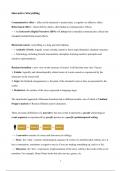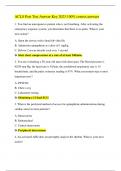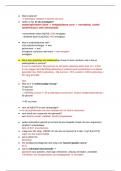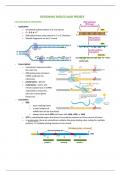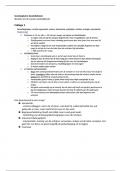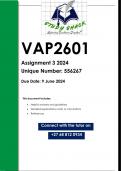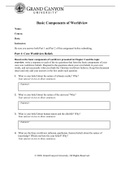Samenvatting
Interactive Storytelling: Summary 2024/2025
- Instelling
- Tilburg University (UVT)
This document contains a complete summary with all the materials covered in the lectures by Renske and additional reading materials. I have read all the articles and made sure to include all the important information in the summary. Good luck with studying!
[Meer zien]
